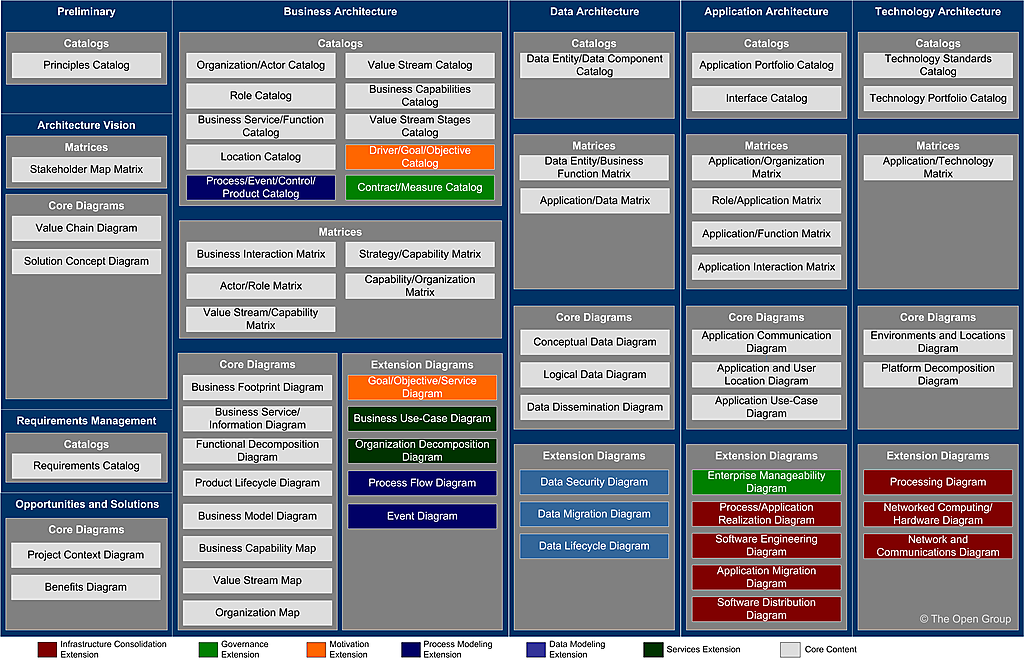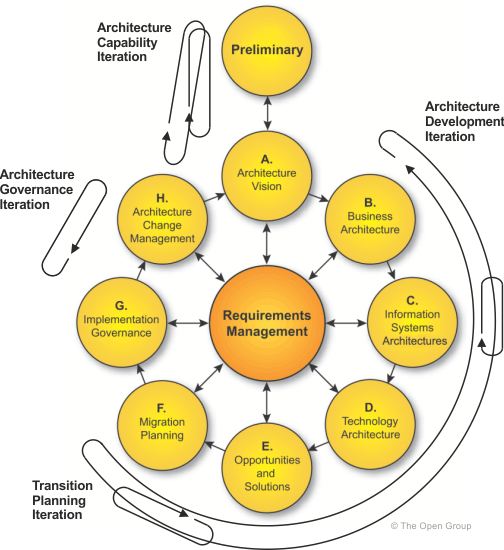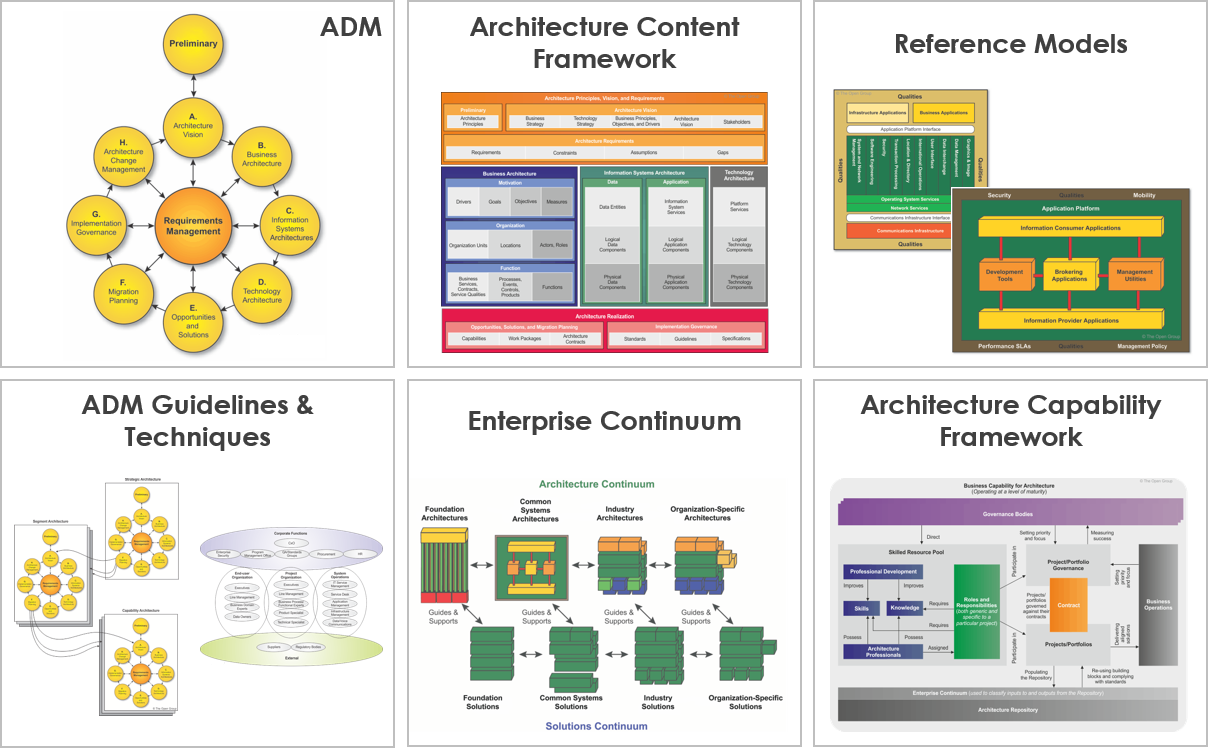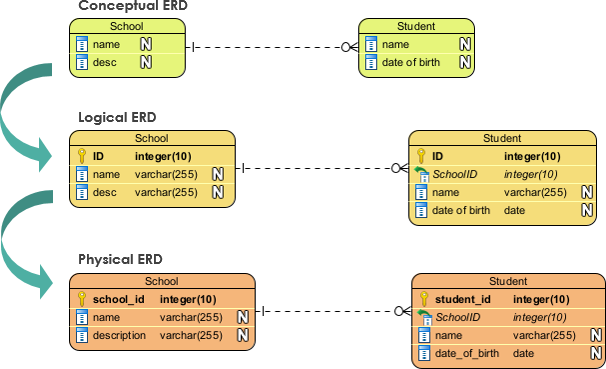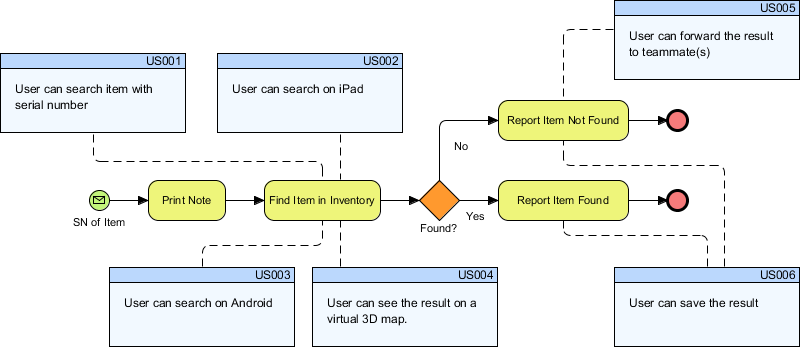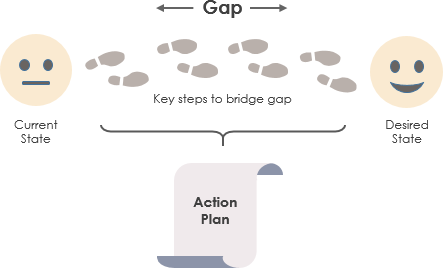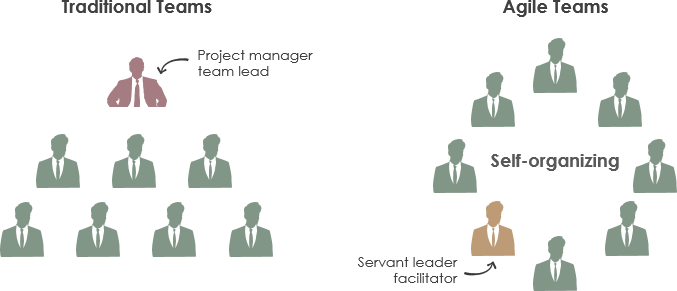Home » Archives for September 2023 » Page 3
Introduction The TOGAF® (The Open Group Architecture Framework) Architecture Development Method (ADM) is a comprehensive framework for designing and managing enterprise architectures. One of the key aspects of TOGAF ADM is the creation and utilization of architectural artifacts. These artifacts play a crucial role in the architecture development process, aiding in the organization, communication, and understanding of architectural information. In this article, we will explore the various architectural artifacts used in TOGAF ADM and clarify which artifacts are associated with each phase of the ADM. The Role of Architectural Artifacts Architectural artifacts are…
continue reading →
Introduction The world of enterprise architecture is a dynamic landscape, constantly evolving to meet the ever-changing needs of organizations. In this dynamic environment, a rigid, linear approach to architecture development won't suffice. That's where The Open Group Architecture Framework (TOGAF) and its Architecture Development Method (ADM) come into play. While the graphical representation of TOGAF ADM may appear to be a linear, waterfall-style process at first glance, the reality is far more flexible and iterative. In this article, we will delve into the concept of iteration within the TOGAF ADM, exploring how it…
continue reading →
Introduction In today's rapidly evolving business landscape, organizations face the constant challenge of aligning their technology capabilities with their strategic objectives. The Open Group Architecture Framework (TOGAF) emerges as a guiding compass in this journey, providing a structured approach to design, plan, implement, and govern enterprise information technology architecture. As businesses strive for agility, innovation, and competitiveness, TOGAF stands as a vital tool to navigate the complexities of enterprise transformation. This guide explores the key components of TOGAF and its architectural domains, offering insights into how this framework empowers organizations to achieve their…
continue reading →
Introduction: In the ever-evolving landscape of modern business, organizations are constantly seeking ways to optimize their operations, improve efficiency, and drive innovation. Enterprise Architecture (EA) plays a pivotal role in this endeavor by providing a strategic framework to align business objectives with technology solutions. The Open Group Architecture Framework (TOGAF) is a widely adopted methodology for developing and managing enterprise architectures. Setting SMART goals is a proven approach to ensure that projects are well-defined, achievable, and aligned with the organization's strategic vision. In this article, we will outline a SMART goal for an…
continue reading →
Introduction In the realm of database design, the choice between normalization and denormalization is a pivotal decision that can significantly impact the performance and efficiency of your database system. Whether you're designing a database for an e-commerce platform, a financial institution, or any other application, striking the right balance between data integrity and query performance is essential for success. This article explores the principles of normalization and denormalization, highlighting when and why you should opt for each approach. Through real-world examples and considerations, we'll navigate the complex landscape of database design to help…
continue reading →
Introduction In the realm of data management, designing a database system that meets the unique needs of an organization is a multifaceted task. It involves a meticulous process that unfolds in three distinct phases: conceptual, logical, and physical database design. These levels of design are crucial in creating a database that not only captures the essence of the data but also ensures its integrity, efficiency, and security. In this article, we embark on a journey through these three levels, exploring their significance, differences, and how they come together to shape a robust database…
continue reading →
Introduction In the ever-evolving landscape of software development, effective requirements management is paramount to the success of any project. Bridging the gap between business processes and software development is a challenge that has long plagued project teams. However, a powerful combination of Business Process Model and Notation (BPMN) and User Stories offers a solution that not only enhances clarity and communication but also boosts the overall efficiency of the development process. In this article, we explore the benefits of mapping User Stories with BPMN processes, guiding you through the process and highlighting the…
continue reading →
Introduction In today's rapidly evolving business landscape, digital transformation has emerged as a critical imperative for organizations seeking to remain competitive and relevant. The fusion of technology with traditional processes promises increased efficiency, improved customer experiences, and new avenues for growth. However, embarking on this journey is not without its challenges. In this article, we will explore strategies for successful digital transformation, helping you navigate the complex terrain of technological change and emerge as a digitally empowered and future-ready enterprise. As-Is, To-Be, and Gap Analysis in Business Improvement Business improvement often begins with…
continue reading →
Introduction In today's rapidly evolving business landscape, Agile methodologies have become the cornerstone of project management and product development. Agile principles and practices offer organizations the flexibility and responsiveness needed to thrive in dynamic markets. One crucial aspect of Agile is team structure, and two prevalent approaches stand out: cross-functional teams and self-organized, self-managed teams. In this exploration, we will delve into the distinctions between these team structures, shedding light on their unique characteristics, advantages, and applications. Join us as we navigate the Agile landscape to better understand how these team configurations impact…
continue reading →
Introduction In today's fast-paced and ever-evolving business landscape, organizations are continually seeking ways to enhance their competitiveness and responsiveness to customer needs. One approach that has gained significant traction is the use of cross-functional teams within the Agile framework. These teams bring together diverse skills and expertise from various functional areas to collaborate on projects and product development. In this article, we will explore the myriad benefits of cross-functional teams in Agile, including their ability to drive innovation, improve coordination, and reduce development cycle times. We will delve into how these teams eliminate…
continue reading →

